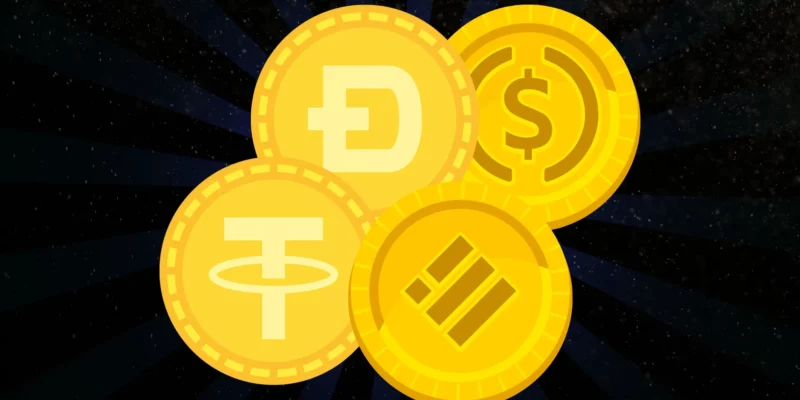- The US and the European Union may completely ban the utility and issuance of stablecoins once MiCA comes into existence.
- It is mandatory for these stablecoins to maintain reserves so as to completely collateralize themselves while allowing independent audits of these reserves.
Scenario of Stablecoins in the US
The stablecoins that have received issuance and operation permissions in the US are being called ‘payment stablecoins’ and ‘qualified it.’ These coins will only be redeemable on a 1-to-1 basis in US Dollars.
These coins must be completely collateralized in the form of quality reserves, including cash, cash equivalents, and other short-term obligations. It should also allow independent audits of its reserves. As per the rules discussed above, algorithmic stablecoins such as TerraUSD wouldn’t qualify because they are not backed by fiat collateral. MakerDAO, DAI, and Tether are among the algorithmic stablecoins that do not pass the collateralization test. Tether holds 8.36% of its reserves in the form of ‘other investments’ including cryptocurrency. On the other hand, DAI is backed by various other cryptocurrencies. As per Coingecko, Tether and DAI together cover 50% of the stablecoin market. The next largest native crypto issuers are Circle, which operates USDC and is the second major stablecoin issuer on the basis of market capitalization, and BUSD, which is operated by Binance and is the third major stablecoin issuer on the basis of market capitalization. Both of these stablecoins claim to have a US-dominated composition of their reserves. Extensively, the Federal Deposit Insurance Corporation (FDIC) reserves the right to issue stablecoins, which are supervised by the Federal Deposit Insurance Commission (FDIC). Presently, the FDIC has denied insurance to crypto-native firms due to allegations indicating that the FDIC has encouraged banks to limit their interaction with crypto firms. The two major reasons why FDIC insurance is of prime importance to crypto-native stablecoin issuers are maintaining peg prices and the right to custody crypto.
Abolition of Stablecoins due to MiCA in EU
The European Union made headlines when it granted permission for a provisional version of the Markets in Crypto Assets (MiCA) framework. MiCA will come into effect in 2024 and is endorsed as the most all-embracing cryptocurrency network to exist to date. It is believed that, like the US, the European Union (EU) will ban algorithmic stablecoins once MiCA is launched. The prerequisite for any stablecoin issuer is that they must be backed by sufficient reserves on a 1-to-1 basis. These reserves should comprise highly liquid, minimally marketable, and credit-risk instruments. MiCA doesn’t identify cryptocurrencies and stablecoins like the rest of the world does. According to MiCA, cryptocurrencies are divided into four categories: utility tokens, crypto assets, electronic money tokens, and asset-referenced tokens.
Asset Referenced Tokens (ARTs) are stablecoins that maintain their pegged price by tracking the price of a currency that is not a fiat currency in the European Union. On the other hand, electronic money tokens, or E-money, are those stablecoins that maintain their peg by tracking the value of a currency that is legal tender in the European Union.
This move by MiCA comes in light of its position to preserve the monetary value of the Euro by limiting the use of electronic money tokens in a currency that is not a fiat currency in the European Union.


Comments